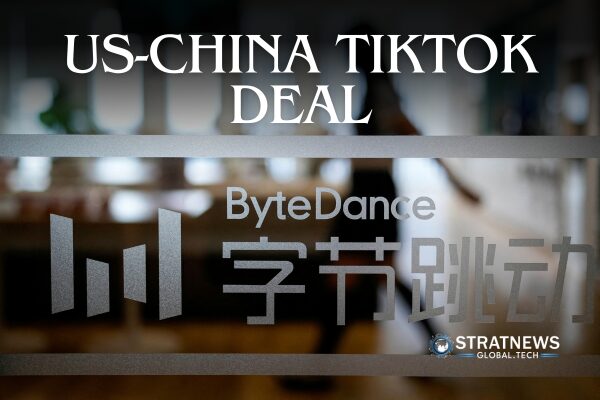Trump and Xi Aim to Strike TikTok Deal Amid Rising US-China Tensions
US President Donald Trump and Chinese President Xi Jinping are set to speak on Friday in their first known call in three months. A key topic on their agenda is an agreement to keep TikTok running in the US. The conversation also aims to ease tensions between the two global powers, which remain locked in a trade and technology standoff.
While US officials confirmed the call, China has not publicly acknowledged it. The discussion comes amid preparations for a possible in-person meeting between the two leaders at the Asia-Pacific Economic Cooperation (APEC) summit in South Korea, scheduled for late October.
TikTok’s Future in the Balance
TikTok’s future in the US hinges on Beijing’s approval of a deal. Congress had previously ordered the app to shut down by January 2025 unless its American operations were sold by parent company ByteDance. Although the law is in place, Trump has not enforced it. He expressed concern that banning the app could anger users and disrupt political communications.
“I like TikTok; it helped get me elected,” Trump said during a press conference. “It holds tremendous value, and we’re the ones who must approve it.”
The proposed deal would move TikTok’s US assets into American hands while still using ByteDance’s algorithm. This has raised concerns in Congress about national security, with fears of potential surveillance or influence by Beijing. China, however, denies that the app poses any security threat.
Trade, Tariffs, and Strategic Interests
Beyond TikTok, trade remains a major point of friction. Trump said an extension of current trade terms with China is possible. He noted that the current agreement has been working well, though talks continue.
Other ongoing issues include competition over semiconductors and advanced technologies. The US also wants more Chinese purchases of American soybeans and Boeing aircraft. Additionally, Washington is pushing Beijing to take stronger action against fentanyl-related chemical exports, which contribute to US drug overdose deaths. China has rejected accusations of wrongdoing.
Both countries are facing slower economic growth, adding pressure to reach compromises. Since returning to office in January, Trump has imposed steep tariffs on Chinese imports. In response, China introduced its own retaliatory tariffs, creating a cycle of economic pressure from both sides.
Strategic Moves and Diplomatic Signals
Trump has framed his approach to China as one of deal-making and peace-seeking. Despite this, tensions remain high over sensitive issues such as Taiwan and the South China Sea. These flashpoints compete for attention in Washington alongside ongoing conflicts in Ukraine and Gaza.
Still, signs of goodwill are emerging. Ahead of the expected call, China allowed Chenyue Mao, a Wells Fargo banker, to return to the US after months of travel restrictions. Analysts suggest that China’s approach—offering TikTok while limiting access to key materials like rare earths—has given it leverage in the negotiations.
Tariffs remain a cornerstone of Trump’s economic strategy. He argues they can bring back manufacturing jobs, reduce deficits, and correct trade imbalances. Although tariffs are high, China is still the US’s third-largest trading partner and its biggest source of trade deficit in goods.
“Heads-of-state diplomacy plays an irreplaceable role in providing strategic guidance for China-US relations,” said Liu Pengyu, spokesperson for the Chinese embassy in Washington.
with inputs from Reuters


